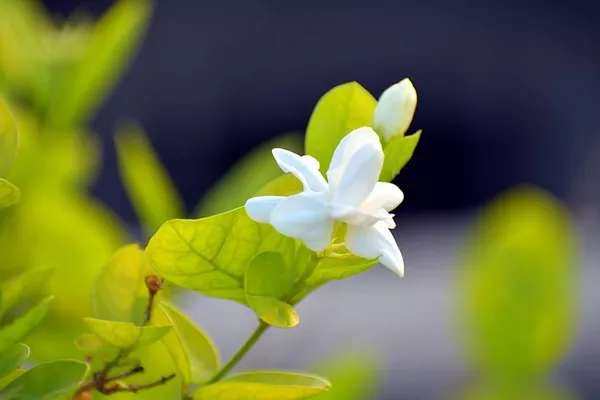The floral industry is navigating a landscape of mixed market dynamics in 2023, as growers report fluctuations in demand across various markets and flower types. These dynamics are influenced by seasonal transitions, changing market trends, and a diverse range of flower products, highlighting the nuanced and dynamic nature of the sector.
According to industry experts, including Claudia Munoz, CO-Founder of the online flower supply platform Fresh-o-Fair, the current state of the flower industry is characterized by a complex interplay of factors. For instance, September began on a positive note with high demand observed across different markets. However, there has been a noticeable dip in demand for specific products like alstroemeria, potentially influenced by robust production in Ecuador and Colombia.
On the other hand, Bellaflor, a prominent player in the industry, highlights that the market is gradually reawakening as the summer period comes to a close, with anticipation building for the upcoming fall and Thanksgiving season. This shift in demand aligns with seasonal transitions, emphasizing the role of seasonality in shaping market performance.
One of the key observations made is that each year presents distinct market dynamics. Jose Rafael Gomez de la Torre from Florisol&Co notes that while the pandemic initially boosted flower demand, by 2022, demand had already started to decline. However, the outlook for 2023 appears more promising, with the upcoming fall season showing potential for a positive year-end performance.
Despite a subdued summer, some growers remain optimistic about the year’s prospects. Kiara Flowers, a preserved flower farm, anticipates strong sales projections as the year draws to a close, aiming for a 10% growth rate over the previous year.
Climate change emerges as a prominent concern within the floriculture industry, affecting growers’ satisfaction with demand, weather conditions, and product quality. Climate-induced erratic weather patterns, including excessive rainfall and severe droughts, disrupt traditional growing practices, jeopardizing crop stability in terms of both quantity and quality.
While some growers, such as Ecoroses, are proactively addressing climate challenges, industry-wide adaptation is crucial. The industry recognizes the need for greenhouse construction and infrastructure innovation to withstand the impact of climate change effectively.
Floral trends also play a significant role in the industry, with seasonal colors influencing consumer preferences. Warm shades like terra-cotta and mustard, along with rich, dark hues, are highly sought after as autumn approaches. Social media and the popularity of dyed florals contribute to the evolving floral trends.
The trend of Ecuadorian growers diversifying their product range is reflected in the offerings of platforms like Fresh-o-Fair. Growers emphasize the value of offering a broad spectrum of products, highlighting the uniqueness it brings to their customer base. This approach extends beyond product diversification to enhancements in customer service and production methods, focusing on delivering consistently fresh and top-quality products.
Florists have experienced a dynamic landscape in 2023, responding to shifting industry dynamics with resilience and adaptability. Challenges such as supply chain disruptions have led florists to pivot toward offering a distinctive “look and feel” rather than hyper-specific flower choices. This shift reflects a broader trend within the industry, where florists are striving to offer unique and visually appealing arrangements that capture the essence of an event or occasion.
Flexibility in product offerings from wholesalers and farmers has become increasingly important for florists. Supply chain challenges have made securing specific flower varieties more challenging, leading to closer relationships between florists and their suppliers. Stable pricing, rather than excessively low prices, is now a priority for florists, emphasizing the need to balance costs without compromising quality.
Fresh-o-Fair, as an industry player, recognizes the evolving needs of florists and is organizing initiatives to facilitate direct interactions between producers and florists. This collaboration aims to foster valuable feedback and innovation, further strengthening the relationship between the two segments of the industry.
As the floral industry continues to transform, florists are adapting and redefining their needs, contributing to a vibrant and dynamic marketplace where flower dreams come to life. Sustainability and traceability are central themes for the future, with industry players increasingly focused on knowing the source of their products and balancing cost considerations with quality.
In conclusion, the floral industry in 2023 presents a dynamic and ever-evolving landscape, shaped by factors such as seasonality, climate change, and shifting consumer preferences. Growers, florists, and industry stakeholders continue to adapt and innovate to meet these challenges and provide top-quality products to consumers.


